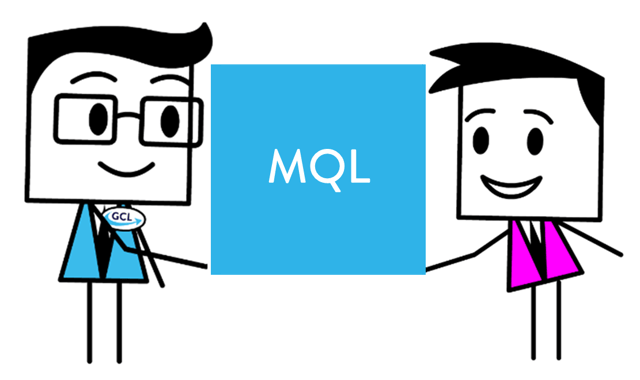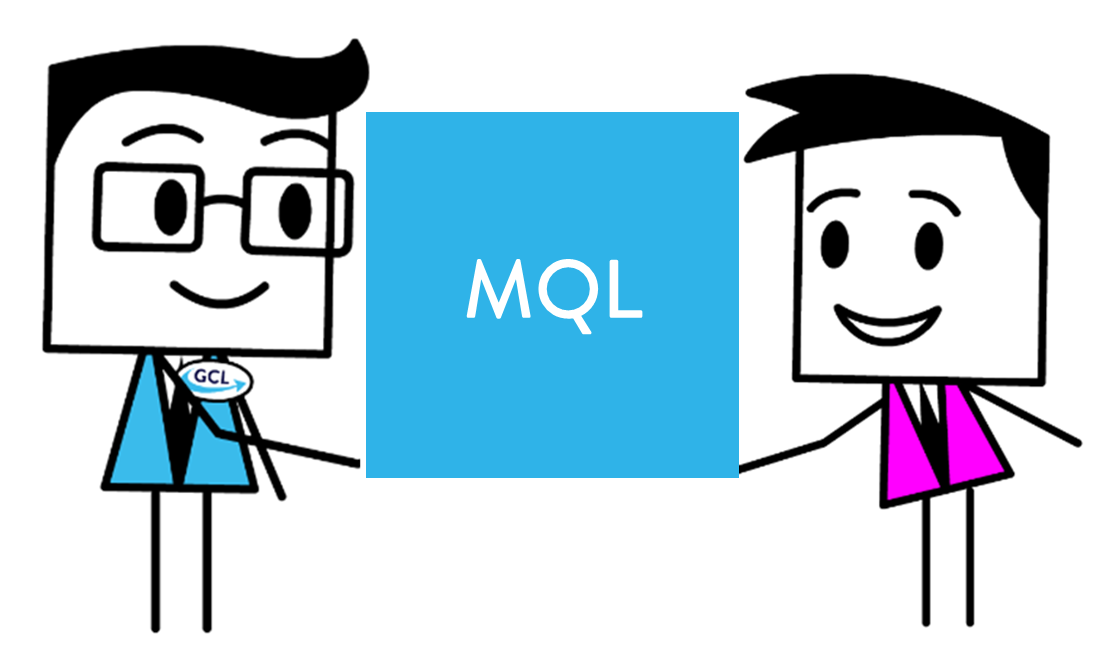
So, marketing have created some excellent content, they’ve deployed a variety of content strategies through blogs, white papers, landing pages and social media and now they’ve generated a number of marketing qualified leads (MQLs). What happens next?
We asked our Head of Internal Sales to talk us through what he does and reveal how he turns MQLs into sales qualified leads (SQLs). This is what he had to say:
“First and foremost, I read the notes that marketing have provided starting with who the lead is and where they work. This is so that I can understand how they fit in with our past and current customer profiles. I then check to see how they’ve engaged with us so that I can prioritise the lead and determine whether they need an immediate follow-up.
For those hot leads that do need an immediate follow-up I then conduct more research about the background of the individual I need to contact and the company they work for. LinkedIn is a great place to check out information about the individual, their position in the company and previous job history etc. I will also run a credit check on the company to make sure everything is in order.
Contacting the lead
Once I’ve conducted all the research I need to do, I then phone the sales lead. Getting past the gatekeeper can sometimes be a bit of a problem, but in this scenario it’s made much easier by the fact that the person you need to speak to has responded to a piece of your marketing so you’re effectively following up on their enquiry. This tends to smooth the way in establishing that initial contact.
If I am able to get through to the lead I will then introduce myself, give a brief introduction about who we are and go through the reasons for my call. At no point do I ever use a script to do this. I might make a few notes to act as prompts but it’s always best to let the conversation flow naturally and strike up a rapport with the lead. Using open questions such as what, why, how etc is always good to get the potential client talking and clarifying why they responded to the marketing in the first place.
BANTA
Once I have established the basis for their initial enquiry and the interest that they have; I then go through the tried and tested BANTA approach which is perfect for identifying whether they are in a position to act and the right person to be speaking to, regarding a potential opportunity. Going through details such as budget, authority, need, timescale etc really helps to qualify the lead and also build more insight about the client that will help the next stage of the sales process.
Depending on the outcome of the ‘BANTA’ approach I will then qualify the lead as an SQL and pass it on to one of our Account Directors to start the real negotiations. Ideally we like to do this face-to-face with the client so that we can spend more time with them and go through the full features and benefits of the sales proposition.
If I am unable to qualify the sales lead as a genuine opportunity to buy then I will feed this information back to marketing with the suggestion that the lead needs to be nurtured further and scheduled for a future call back.
Hard to Contact
With regard to those hard to contact leads, I will always leave a voicemail and ask them to call back. I will also try to ring them later or the next day but if I fail to make contact, I will send them an email explaining why I want to talk to them. If there is still no response I will send a final email offering the chance to get back in touch and if that fails, I will feed back to marketing and bring them up to speed with the situation.
Summary
In summary, the following up of an MQL so it becomes an SQL is a key stage in the overall sales process. It helps to identify the wheat from the chaff and get the sales negotiations really started.”








